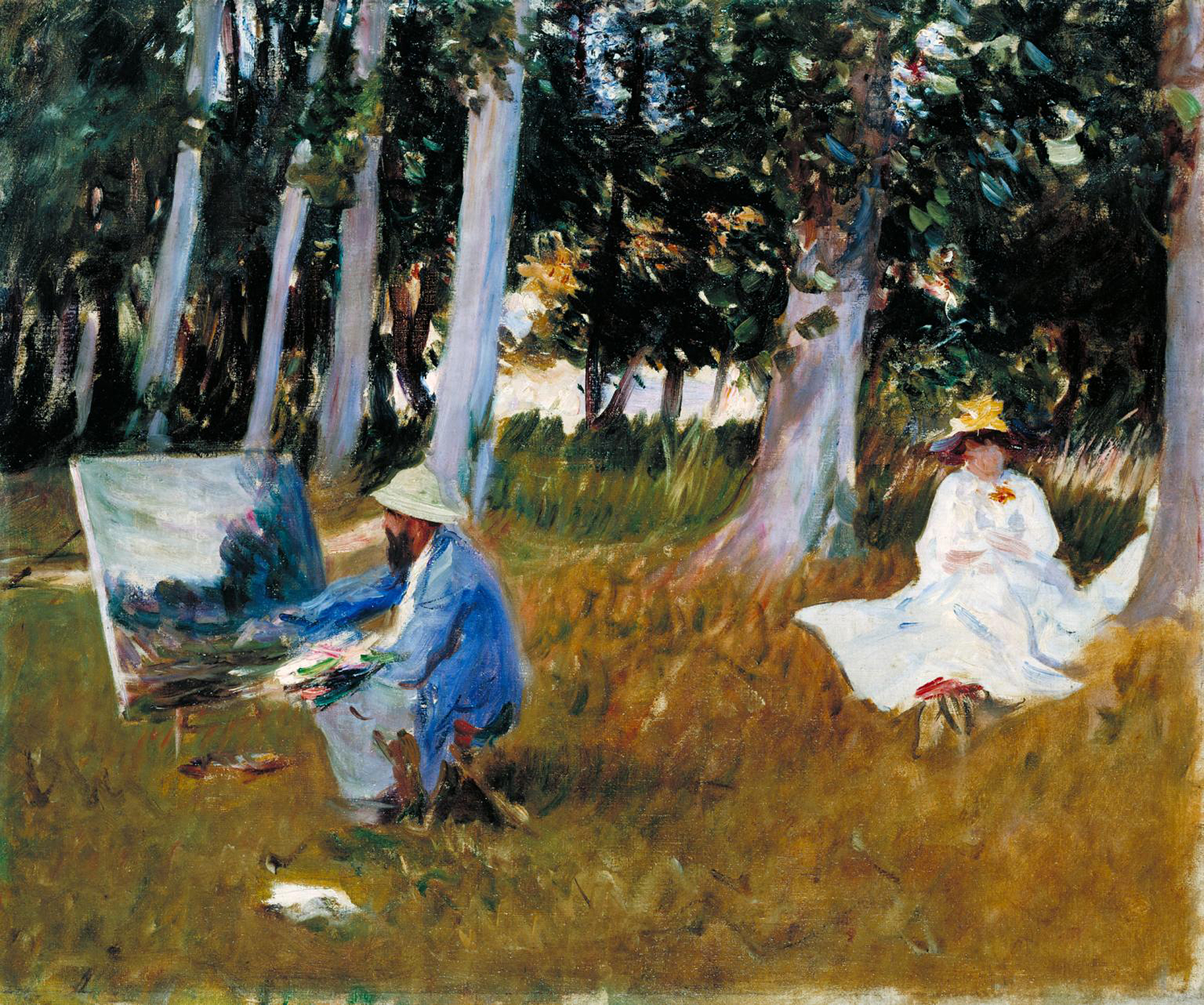
Claude Monet Painting by the Edge of a Wood, by John Singer Sargent, c. 1885. Photograph © Tate (CC-BY-NC-ND 3.0), Presented by Miss Emily Sargent and Mrs. Ormond through the Art Fund, 1925.
• Looking at Boris Johnson’s future by gazing backward. (Prospect)
• On the problem solved by the catacombs in Paris. (JSTOR Daily)
• An essay about race in America by Langston Hughes, never published in English. (Smithsonian)
• A series on the Red Summer of 1919, a hundred years later. (Associated Press)
• “This year is the one hundredth anniversary of the first meeting of the Algonquin Round Table.” (New York Times)
• When Zora Neale Hurston went to Haiti to learn about voodoo: “The more radical idea—that people of visible African descent had devised for themselves coherent folk cultures that were worth studying on their own terms, not simply as an echo of a silenced past—was much harder for these researchers to imagine.” (Zora)
• The people who took peyote and saw the world transformed into a Monet painting. (The Public Domain Review)
• Jill Lepore on the Melvilles. (The New Yorker)
• In which author Edoardo Scarfoglio describes his future wife, novelist Matilde Serao: “This woman so conventional and gossipy, false among the people and so simple, so affectionate, so frank with herself, so vain with others and so humble with me, so ugly in her daily life and so beautiful in moments of love, so incorrigible and disgusting, so docile to the teachings, I like her a lot, very much, too much.” (British Library Blogs)
• The New York Times Magazine is doing a special series on the four hundredth anniversary of the introduction of slavery to America in August. (Twitter)
• This week in obituaries: an Argentinian American architect, an anthropologist who once ran the Australian Institute of Aboriginal Studies, a replicant, a district attorney, a drug policy scholar, the first popularly elected head of state in Tunisia, and a doctor “widely believed to have been the first black student enrolled in any all-white medical school in the South.”